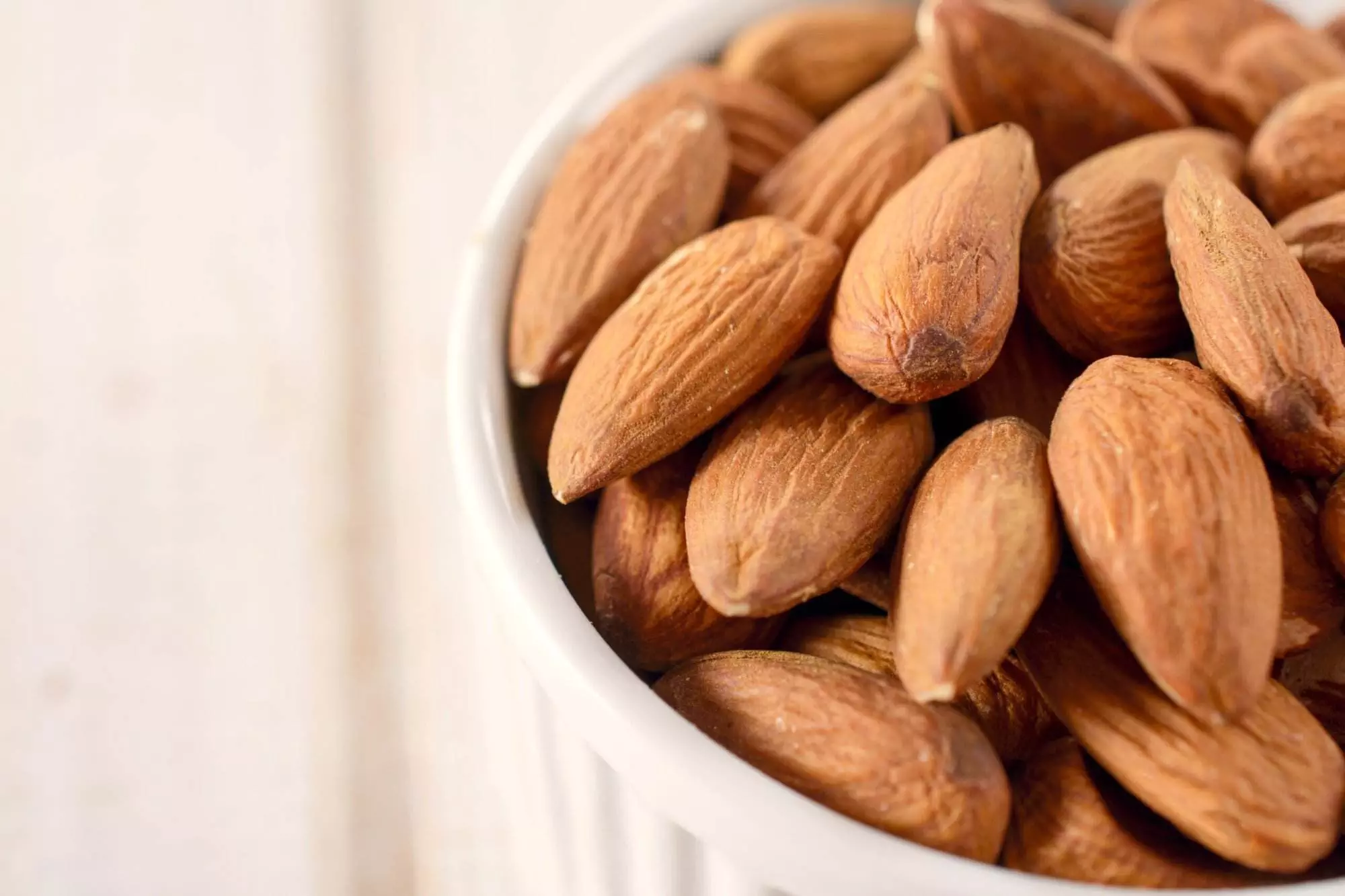
Why More People Are Choosing a Flexitarian Lifestyle (And Why You Should Too
Food is an essential part of our lives, and the way we eat can have a significant impact on our health. With so many dietary options available today, it’s no wonder people are looking for ways to balance their nutritional needs with their lifestyle choices. One such option that has gained popularity in recent years is flexitarianism. In this article, we will explore what flexitarianism means, its benefits, how to start a flexitarian lifestyle, meal planning tips, common myths about flexitarian diets debunked, and why you should choose a flexitarian lifestyle.

Introduction to Flexitarianism
A flexitarian diet plan is one that primarily consists of plant-based foods but also includes occasional servings of meat or other animal products. The goal of flexitarianism is to reduce consumption of meat while still allowing for some flexibility in your diet. This approach to eating emphasizes whole foods, including fruits, vegetables, grains, legumes, nuts, and seeds, while limiting processed and high-fat foods. By following a flexitarian diet plan, you can enjoy all the health benefits of a plant-based diet while still indulging in the occasional steak or chicken breast.
The Benefits of a Flexitarian Diet Plan
There are numerous benefits to adopting a flexitarian lifestyle. Here are just a few:
1. Improved Health: A flexitarian diet plan is rich in nutrients and low in saturated fat, which makes it an excellent choice for improving overall health. Studies show that those who follow a flexitarian diet plan tend to have lower rates of chronic diseases like heart disease, type 2 diabetes, and certain types of cancer.
2. Weight Management: Because flexitarian diets are typically high in fiber and low in calories, they can be an effective tool for weight management. Many people find that they are able to maintain a healthy weight more easily by following a flexitarian diet plan.
3. Environmentally Friendly: Eating less meat is better for the environment because it reduces greenhouse gas emissions and conserves resources like water and land.
4. Budget-Friendly: Plant-based foods tend to be less expensive than meat, making a flexitarian diet plan a cost-effective option for families on a budget.
How to Start a Flexitarian Lifestyle
Starting a flexitarian lifestyle is easy! Here are some tips to get started:
1. Gradually Reduce Meat Consumption: Don’t try to cut out meat altogether right away. Instead, gradually reduce your intake over time until you reach your desired level of restriction.
2. Explore New Foods: Try new plant-based foods to add variety to your diet. Some great options include quinoa, farro, and tempeh.
3. Use Substitutions: When cooking familiar dishes, use substitutions to replace meat with plant-based ingredients. For example, swap ground beef for crumbled tofu in tacos or spaghetti sauce.
Meal Planning Tips for Flexitarians
Here are some meal planning tips to help you stick to your flexitarian diet plan:
1. Plan Your Meals in Advance: Take the guesswork out of mealtime by planning your meals ahead of time. This helps ensure that you always have healthy options available.
2. Stock Your Pantry: Keep plenty of staples on hand, like beans, rice, pasta, and canned tomatoes, to make quick and easy meals.
3. Be Creative: Don’t be afraid to experiment with different flavors and cuisines. There are countless delicious plant-based recipes out there waiting to be discovered.
Common Myths About Flexitarian Diets Debunked
Despite its growing popularity, there are still some misconceptions about flexitarian diets. Here are a few common myths and the truth behind them:
Myth: Flexitarian Diets Are Boring
Truth: Not at All! There are endless possibilities when it comes to plant-based cooking. From exotic spices to colorful produce, flexitarian diets can be just as exciting as any other culinary adventure.
Myth: Flexitarian Diets Are Restrictive
Truth: It Depends on How You Look At It. While flexitarian diets do restrict meat consumption, they don’t necessarily exclude it entirely. And even if you choose to eliminate meat completely, there are still plenty of delicious foods to enjoy. Think of it not as a restriction but rather as an opportunity to expand your palate.
Conclusion: Why Choose a Flexitarian Lifestyle?
In conclusion, choosing a flexitarian lifestyle offers numerous benefits for both your physical and mental wellbeing. Whether you’re interested in improving your health, reducing your carbon footprint, or simply trying something new, flexitarianism may be the perfect fit for you. So go ahead – give it a try!